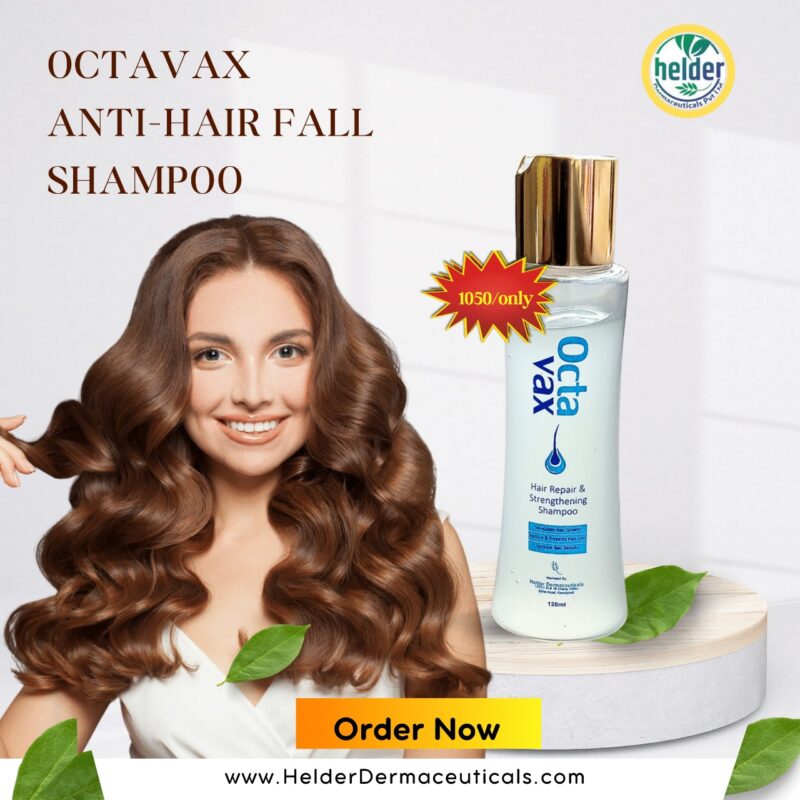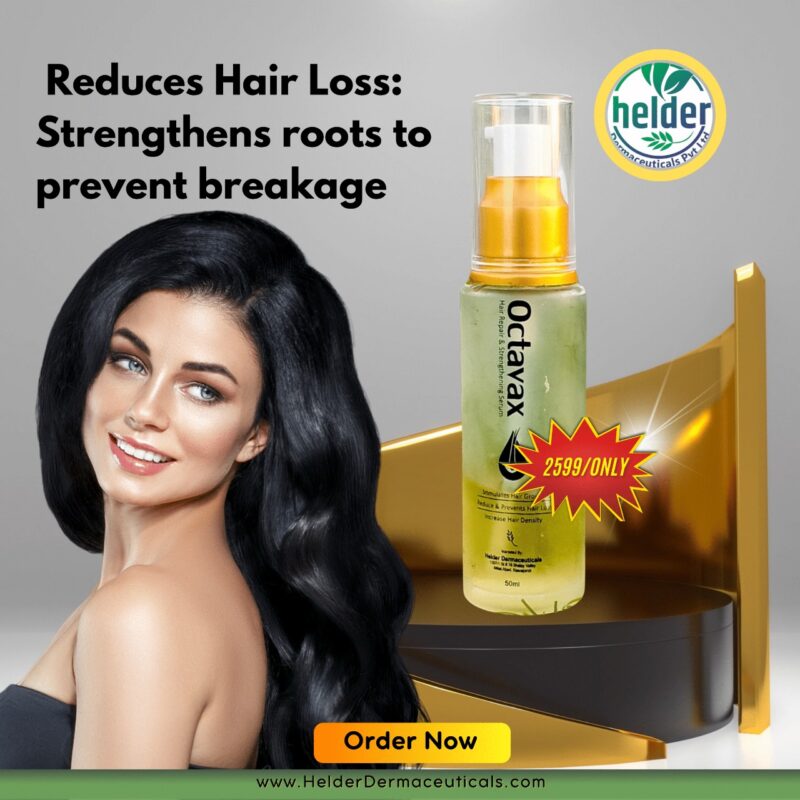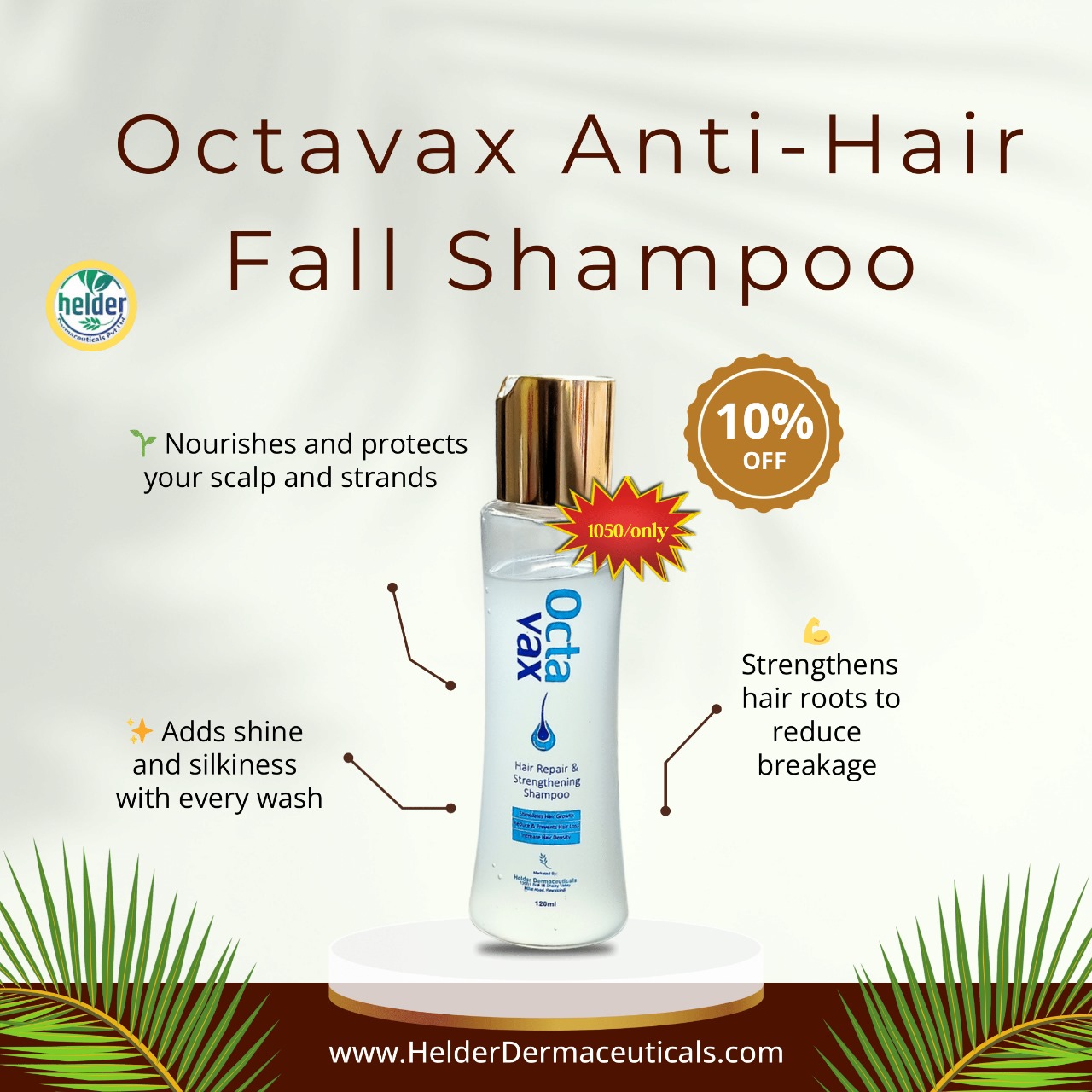Hair loss, a universal concern, affects millions globally, impacting self-esteem and quality of life. While genetics often play a significant role, our environment and daily habits are increasingly recognized as powerful contributors to hair fall. The good news is that scientific advancements in hair loss treatments are offering renewed hope, alongside a growing understanding of how lifestyle changes can make a profound difference. This article will explore the cutting-edge hair loss treatments on the horizon and delve into the often-overlooked environmental and lifestyle factors that contribute to thinning hair, providing a comprehensive guide to fostering healthier locks.
The Ever-Evolving Landscape of Hair Loss Treatments
For decades, the options for combating hair loss were relatively limited. Minoxidil (topical) and finasteride (oral) have been staples, and while effective for many, they don’t work for everyone and come with potential side effects. However, recent years have witnessed an explosion of innovative hair loss treatments, moving beyond traditional approaches to target the root causes of hair thinning.
One of the most exciting frontiers in hair loss treatments is regenerative medicine. This field focuses on stimulating the body’s natural healing processes to regrow hair.
- Exosome Therapy: Imagine tiny messengers, called exosomes, packed with growth factors and signaling molecules that can tell hair follicles to wake up and start growing again. This is the promise of exosome therapy. These microscopic vesicles, often derived from a patient’s own cells or other sources, are injected into the scalp. Clinical studies are showing impressive results in promoting hair growth, increasing density, and even halting hair loss. Calecim® Professional Advanced Hair System is one example of a product utilizing exosome-based technology. This minimally invasive approach is gaining popularity for its potential to deliver natural-looking results without the side effects often associated with older hair loss treatments.
Hair Cloning/Hair Multiplication
This is the holy grail for many struggling with hair loss. The concept involves replicating healthy hair follicles and transplanting them into areas of thinning. Scientists have successfully cloned hair follicles from a patient’s own cells, which significantly reduces the risk of rejection. While still an emerging technique, the prospect of hair cloning becoming a commercially viable hair loss treatment in the coming years is incredibly exciting, potentially offering permanent and natural-looking results.

UCLA’s PP405 Discovery:
Researchers at UCLA have identified a new molecule, PP405, that shows incredible promise in reactivating dormant hair follicles. Unlike many traditional hair loss treatments that work hormonally or topically, PP405 targets hair follicle stem cells at a metabolic level, boosting their energy production and promoting natural, sustained hair regrowth. While still in preclinical trials, this discovery could be a game-changer in the world of hair loss treatments.
Topical ET-02: Eirion Therapeutics has announced positive results for its topical ET-02 in treating androgenic alopecia. This novel approach aims to restore normal hair follicle function and potentially prevent hair loss by correcting stem cell biology, rather than just stimulating existing growth. Early results have even exceeded the hair growth seen with minoxidil in some trials.
Robotic Hair Transplants with AI: Hair transplantation has become more precise and efficient with the integration of robotics and artificial intelligence (AI). AI allows for highly detailed and personalized transplant plans, improving the outcome of surgical hair loss treatments.

The Hidden Hand: Environmental and Lifestyle Factors in Hair Fall
While genetics undoubtedly play a role in hair loss, our modern lives expose us to numerous environmental and lifestyle factors that can significantly contribute to thinning hair. Understanding these influences is the first step towards mitigating their impact and promoting overall hair health
Environmental Aggressors
Our hair and scalp are constantly exposed to external elements that can cause damage and lead to hair fall.
- Pollution: Urban environments are laden with pollutants like particulate matter and gases. These microscopic invaders can accumulate on the scalp, leading to inflammation, dandruff, and ultimately, impaired hair growth and hair loss. Pollution can also lead to oxidative stress, where an imbalance of free radicals damages cellular DNA, including that of hair follicles.
- Sun Exposure: Prolonged exposure to the sun’s harsh UV rays can damage the hair shaft, making it brittle, dry, and prone to breakage. UV radiation can also degrade the vital proteins within our hair, weakening strands and contributing to hair loss. Scalp sunburns can even cause irreversible damage to hair follicles.
- Water Quality: “Hard water,” characterized by its high mineral content (like calcium and magnesium), can strip the hair of its natural oils, leaving it dull and susceptible to breakage. These mineral deposits can also build up on the scalp, clogging hair follicles and hindering healthy hair growth.
- Climate Extremes: Both excessively cold, dry air and humid conditions can take a toll. Cold air saps moisture, making hair brittle, while humidity can cause frizz and weaken the hair shaft, making it more prone to breakage and hair loss.
- Chemical Exposure: Beyond the environment, direct chemical exposure from certain hair dyes, relaxers, and styling products can damage the hair cuticle, leading to breakage and hair loss over time. Even chemicals found in household product
Lifestyle Choices that Impact Hair Health:
Our daily habits and choices have a profound and often underestimated impact on the health of our hair.
- Stress: Chronic stress is a well-established contributor to hair loss. When we’re stressed, our bodies release hormones like cortisol. Elevated cortisol levels can disrupt the hair growth cycle, pushing a large number of hair follicles into a resting phase prematurely (a condition called Telogen Effluvium), leading to sudden and excessive shedding. Stress can also lead to systemic inflammation and deplete essential nutrients vital for hair growth. Managing stress through practices like meditation, yoga, or even simply ensuring adequate leisure time is crucial for preventing stress-induced hair loss.
- Poor Nutrition: What we eat directly fuels our hair. A diet lacking essential vitamins, minerals, and proteins can significantly contribute to hair loss.
- Iron: Iron deficiency, particularly common in women, can lead to fatigue, weakness, and hair loss. Iron is crucial for red blood cell production, which delivers oxygen to hair follicles.
- Zinc: This mineral is vital for cell creation and nutrient processing. A zinc deficiency can manifest as hair loss, among other symptoms.
- Biotin (Vitamin B7): Often touted for hair health, biotin is indeed essential for keratin production, a key component of hair. Deficiency can lead to brittle hair and hair loss.
- Vitamins D, C, and E: These vitamins play various roles in hair growth, scalp health, and antioxidant protection.
- Protein: Hair is primarily made of protein, so a lack of adequate protein intake can lead to weakened, brittle strands and increased shedding. Crash diets or restrictive eating patterns can severely deplete these vital nutrients, often resulting in temporary but noticeable hair loss. Conversely, diets high in sugar, refined carbohydrates, unhealthy fats, and processed foods can lead to hormonal imbalances and inflammation, both of which can negatively impact hair health and contribute to hair loss.

Lack of Sleep: Quality sleep is just as important for hair as it is for overall health. Insufficient or disrupted sleep can lead to hormonal imbalances (affecting estrogen, melatonin, and cortisol), increased stress, and reduced blood flow to the scalp. These factors can collectively disrupt the hair growth cycle, leading to thinning hair and increased shedding. Prioritizing restorative sleep is a simple yet powerful way to support healthy hair.
Smoking: The detrimental effects of smoking extend to your hair. Smoking causes oxidative stress by increasing free radicals, which damage hair follicle DNA. It also reduces blood flow to the scalp, depriving follicles of essential nutrients and oxygen. Furthermore, smoking can promote inflammation and scar hair follicles, making hair brittle and prone to falling out. Studies clearly link smoking to more severe hair loss, and quitting can significantly improve hair health.
Excessive Alcohol Consumption: While moderate alcohol intake is unlikely to directly cause hair loss, heavy or excessive drinking can indirectly contribute to it. Alcohol can interfere with nutrient absorption, leading to deficiencies in vitamins and minerals crucial for hair growth. It can also exacerbate stress and disrupt hormonal balance, both of which are known triggers for hair loss.
Harsh Hair Styling Practices: Frequent use of tight hairstyles that pull on the hair (like tight ponytails or braids), excessive heat styling (straighteners, curling irons, blow dryers), and chemical treatments (perms, relaxers, strong dyes) can all cause physical damage to the hair shaft and follicles, leading to breakage and traction alopecia, a form of hair loss


